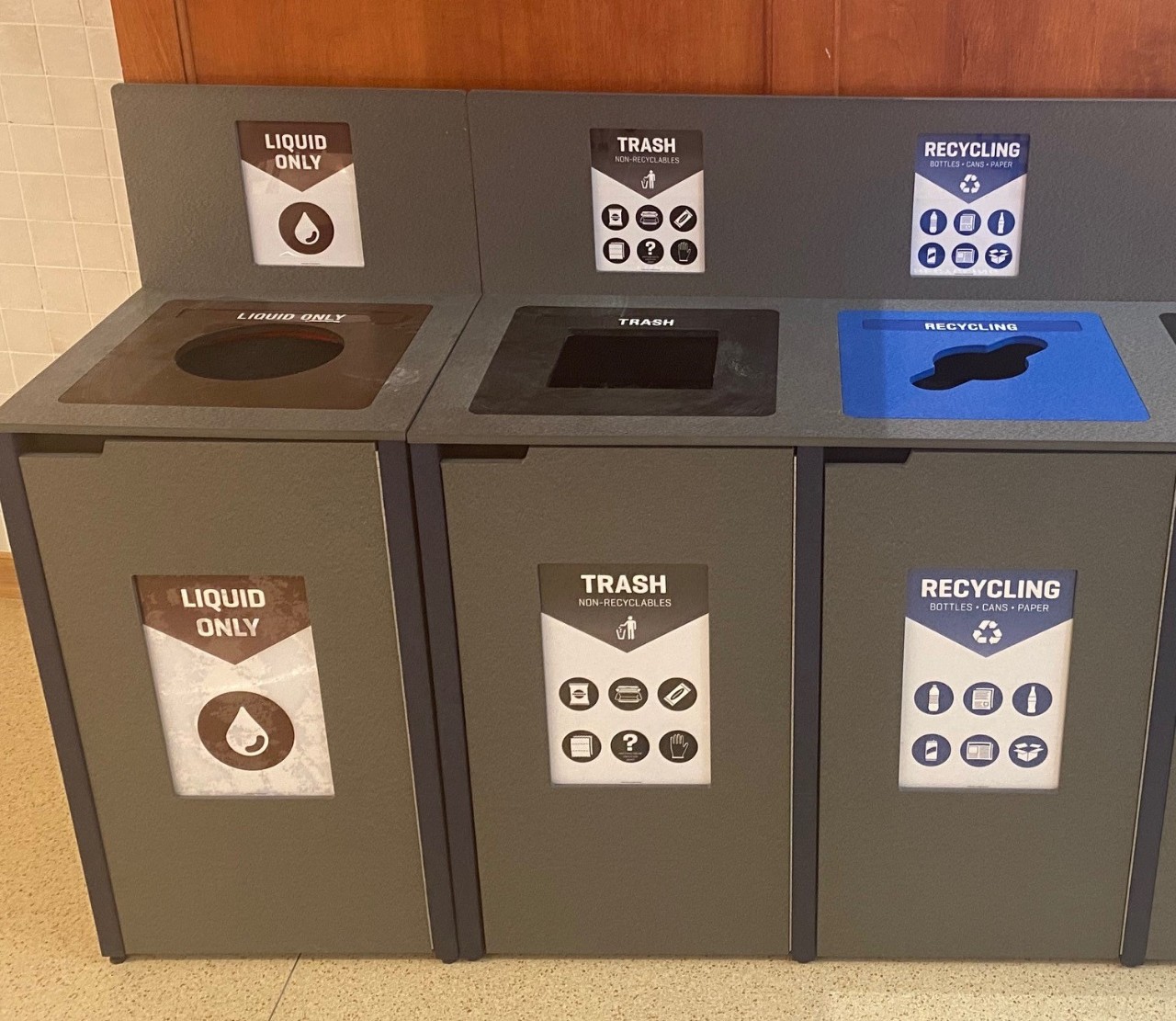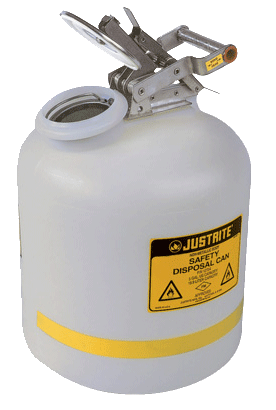Innovative Industrial Wastewater Treatment Solutions: Shielding the Setting
Innovative Industrial Wastewater Treatment Solutions: Shielding the Setting
Blog Article
Recognizing the Comprehensive Process of Fluid Garbage Disposal: Best Practices and Environmental Influence Factors To Consider
The management of fluid waste disposal is a multifaceted problem that calls for a thorough understanding of various finest techniques and their associated ecological impacts. From the kinds of liquid waste created to the approaches used for collection, treatment, and last disposal, each step plays an essential role in safeguarding ecosystems and public wellness. As governing requirements evolve and modern technology developments, the conversation around these processes becomes increasingly important. What ramifications do these adjustments hold for future sustainability efforts, and exactly how can stakeholders ensure that they are sufficiently addressed?
Sorts Of Liquid Waste
Comprehending the different sorts of liquid waste is important for reliable management and disposal techniques. Liquid waste can be generally categorized into several types, each requiring one-of-a-kind handling and therapy methods.
Industrial fluid waste typically includes unsafe products, including heavy steels, solvents, and chemicals, created throughout producing processes. These wastes require rigorous regulative conformity to protect human health and the atmosphere. Domestic liquid waste largely refers to wastewater created from houses, including sewer and greywater, which, although much less harmful, can still posture significant threats if improperly taken care of.
Agricultural liquid waste, consisting of drainage from farms, typically consists of plant foods and pesticides that can result in environmental degradation if not dealt with sufficiently. Medical fluid waste, produced from medical care facilities, consists of polluted fluids such as bodily fluids and chemicals, needing specialized disposal approaches to avoid infection and ecological contamination.
Last but not least, oil and grease waste, normally produced by restaurants and vehicle industries, can trigger serious obstructions in drain systems otherwise managed effectively. Understanding these categories assists in targeted strategies for treatment, conformity with guidelines, and effective disposal approaches, eventually promoting ecological sustainability and public health safety and security.

Collection Techniques
Effective collection techniques are essential for the correct monitoring of fluid waste, making certain that it is gathered securely and efficiently before therapy or disposal. Various techniques are used depending upon the kind of liquid waste generated, the quantity, and the particular characteristics of the waste.
One usual technique is making use of dedicated collection containers or sumps, which are developed to capture liquid waste at the resource. These systems usually incorporate pumps that help with the transfer of waste to bigger storage containers or therapy facilities. Furthermore, mobile collection systems geared up with vacuum technology are used in scenarios where waste is created periodically or in hard-to-reach places.
For industrial settings, closed-loop systems can successfully reduce spills and leaks, enabling the recuperation and reuse of liquid waste. It is likewise vital to educate employees on proper collection protocols to reduce risks linked with dangerous materials.
Furthermore, carrying out regular upkeep schedules for collection devices guarantees ideal performance and safety and security. The integration of innovative surveillance systems can enhance collection performance by giving real-time data on waste degrees and prospective hazards. On the whole, efficient collection techniques are fundamental to lasting liquid waste monitoring techniques.
Treatment Procedures
Therapy procedures play a vital duty in the management of fluid waste, changing potentially hazardous materials right into recyclable sources or risk-free effluents - liquid waste disposal. These procedures can be extensively classified into physical, chemical, and biological methods, each customized to attend to certain contaminants existing in the waste stream
Physical therapy methods, such as sedimentation and filtering, work by eliminating suspended solids and particle issue. These techniques are frequently the initial step in the therapy chain, efficiently lowering the tons on subsequent procedures. Chemical therapies entail the use of reagents to neutralize harmful materials, speed up heavy metals, or oxidize organic toxins, therefore enhancing the safety of the effluent.
Organic treatment processes, including activated sludge systems and anaerobic food digestion, take advantage of the all-natural capacities of microorganisms to degrade raw material. These approaches are specifically reliable for wastewater including naturally degradable contaminants. Advanced treatment modern technologies, such as membrane purification and advanced oxidation procedures, are increasingly employed to accomplish greater levels of filtration.
Incorporating a combination of these treatment techniques not only ensures conformity with governing standards but also advertises environmental sustainability by recuperating valuable resources from fluid waste.
Disposal Options
How can organizations ensure the responsible and risk-free disposal of fluid waste? Efficient disposal choices are essential for guarding public health and wellness and the atmosphere. The key approaches consist of land therapy, disposal, and incineration complied with by discharge right into community wastewater systems.
Land disposal involves the mindful containment of liquid waste in assigned land fills, ensuring that it does not seep right into bordering dirt or water. Incineration, on the other hand, topics liquid waste to heats, converting it right into ash and gases, which need appropriate purification to reduce discharges. This method is appropriate for dangerous wastes that can not be dealt with with conventional methods.
In instances where fluid waste can be dealt with, companies may go with chemical or biological therapy procedures to reduce the effects of hazardous parts prior to releasing the treated effluent right into local systems. This route commonly straightens with regulative demands, ensuring that the effluent fulfills security standards.
Ultimately, organizations need to conduct comprehensive evaluations of each disposal choice to establish its viability, thinking about factors such as waste make-up, regulatory conformity, and potential dangers to health and the atmosphere. By choosing suitable disposal approaches, services can add to a liable waste administration strategy.
Ecological Impact
The ecological impact of fluid garbage disposal is a crucial consideration for organizations looking for to reduce their environmental footprint. Incorrect disposal methods can bring about substantial contamination of water sources, dirt browse around here degradation, and adverse results on regional communities. For example, unsafe fluids can leach right into groundwater, presenting threats to alcohol consumption water products and water life. Furthermore, the discharge of neglected or improperly dealt with waste right into surface waters can result in eutrophication, bring about oxygen depletion and the subsequent death of fish and other organisms.

To alleviate these impacts, companies must take on best practices such as implementing rigorous waste therapy procedures, promoting recycling and reuse, and sticking to regulatory criteria. By taking an aggressive method to fluid waste management, entities can significantly lower their environmental footprint while sustaining lasting development goals. Inevitably, a detailed understanding of the environmental influences related to fluid waste disposal is necessary for educated decision-making and liable stewardship of natural deposits.
Final Thought
Efficient monitoring of fluid waste is important for securing environmental honesty and public health. By embracing finest methods in collection, disposal, and treatment, alongside adherence to governing requirements, the possibility for hazardous contamination of communities can be significantly decreased. Continual advancements in technology and processes add to sustainable waste management efforts. Ultimately, a detailed understanding of liquid garbage disposal not only alleviates ecological effects however likewise fosters a commitment to accountable source monitoring and ecological stewardship.
The administration of liquid waste disposal is a diverse concern that needs a thorough understanding of numerous finest practices and their linked ecological influences. From the types of liquid waste produced to the techniques employed for collection, treatment, and last disposal, each action plays a crucial role in securing environments and public health and wellness.The ecological effect of fluid waste disposal is a vital consideration for organizations looking for to reduce their eco-friendly impact. Ultimately, a thorough understanding of the ecological impacts linked with liquid waste disposal is necessary for educated decision-making and liable stewardship of all-natural sources.
Inevitably, a comprehensive understanding of fluid waste disposal not go now only alleviates environmental impacts however also fosters a commitment to accountable resource monitoring and environmental stewardship.
Report this page